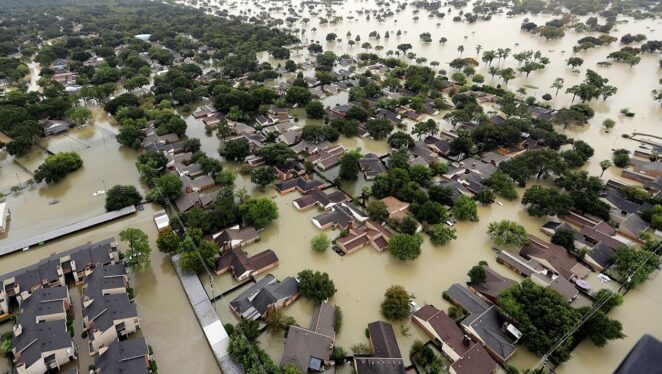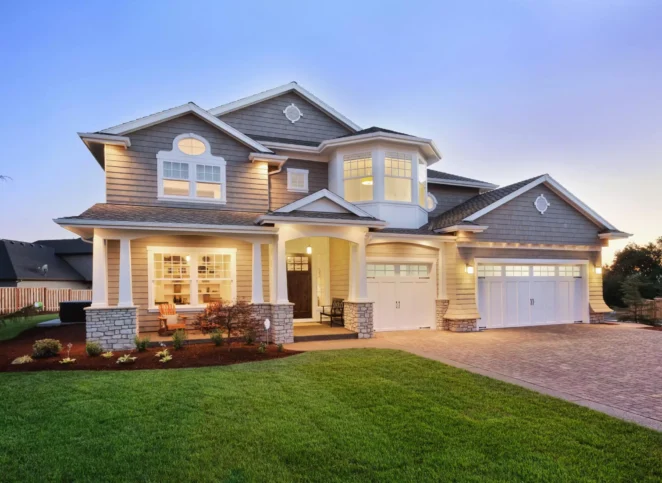The threat of natural disasters like hurricanes, wildfires, and floods is real and can cause devastating damage to properties. However, the rising cost of insurance makes it challenging for homeowners to find policies that provide adequate protection without breaking the bank.
Also, you should always check out the fine print and learn about what the insurance will cover.
Always go for well-known and reliable options like Fort Erie home insurance.
This article explores how it’s still possible to secure home insurance that covers significant risks at a reasonable cost.
We’ll look at the current trends in the insurance industry, highlight some innovative solutions being offered by insurance companies, and provide practical tips for homeowners looking to get the best coverage for their needs.
Key Risks ─ What Major Disasters Are Covered?

When selecting a home insurance policy, it’s crucial to understand what types of disasters are typically covered. Standard policies usually protect against perils like fire, windstorms, hail, and lightning.
However, coverage for earthquakes and floods often requires additional, separate policies due to their potential for extensive damage.
In areas prone to specific disasters, homeowners might find that standard insurance does not fully address their risks. For instance, in California, where earthquakes are common, basic home insurance won’t cover earthquake damage.
Similarly, in regions frequently hit by hurricanes or floods, such as Florida or Louisiana, standard policies exclude these disasters. Homeowners in these areas need to consider supplemental policies or government-backed insurance programs like the National Flood Insurance Program (NFIP).
Finding the Right Insurance Company
Choosing the right insurance company is more than just finding the lowest price; it’s about finding quality coverage and reliable service, especially in crisis situations. To start, research the financial stability of potential insurers.
Companies with strong financial ratings are more likely to manage claims effectively and withstand the economic pressure following major disasters. Resources like A.M. Best or Standard & Poor’s provide ratings that gauge an insurer’s financial health.
Customer service is another critical factor. During stressful times like after a disaster, dealing with an unresponsive insurer can add to the frustrations. Look for reviews and testimonials about how companies handle claims. This can offer insights into their process and responsiveness. Websites like J.D. Power or consumer reports can be useful for comparing customer satisfaction across different insurers.
Additionally, consider the flexibility and comprehensiveness of their policies. Some insurers offer customizable plans that can be tailored to include extra coverage for specific risks unique to your area. This can be particularly important in regions prone to certain types of natural disasters.
Affordable Policies in High-Risk Areas

Finding affordable home insurance in high-risk areas can be challenging but not impossible. The key is understanding how insurers assess risk and what measures you can take to mitigate it. In areas prone to disasters like wildfires, earthquakes, or floods, insurance premiums tend to be higher due to the increased likelihood of costly claims.
One effective strategy is to improve the resilience of your home against specific risks. For example, installing storm shutters, reinforcing roofing, or retrofitting an older home for earthquake resistance can significantly decrease perceived risk, potentially lowering your premiums.
Additionally, maintaining a good distance from high-risk features like rivers prone to flooding or wildfire-prone forests can also be favorable in the eyes of insurers.
Another approach is to shop around and compare different insurance providers. Some companies specialize in covering high-risk properties and offer competitive rates that other insurers can’t match.
Also, consider policies that have higher deductibles, which can reduce your monthly premium cost, but make sure you have enough savings to cover the higher out-of-pocket expense in case of a disaster.
Tips for Lowering Home Insurance Costs

Reducing the cost of home insurance, even when facing major disasters, can be achieved through a variety of strategies. First and foremost, consider increasing your deductible—the amount you pay out of pocket before your insurance kicks in.
A higher deductible generally leads to lower premiums, but it’s essential to ensure that you can afford this amount should you need to make a claim.
Another effective approach is to take advantage of discounts. Many insurance companies offer discounts for homes with security systems, smoke detectors, deadbolt locks, and other safety features that reduce the likelihood of theft or damage.
Additionally, bundling multiple policies, such as home and auto insurance with the same provider, can also lead to significant savings.
Regularly reviewing and updating your policy can also help keep costs down. Make sure you are not over-insured by reassessing your home’s value and the value of your possessions. At the same time, ensure you are not under-insured, which can lead to major out-of-pocket expenses after a disaster.
Furthermore, improving your credit score can impact your insurance rates, as many insurers use credit information to price policies.
A better credit score can demonstrate to insurers that you are a lower risk, potentially leading to lower premiums.
Evaluating Coverage Options and Limits

When shopping for home insurance, it’s crucial to evaluate coverage options and understand policy limits to ensure you’re adequately protected in case of major disasters.
Start by assessing the “replacement cost” coverage for your home, which determines how much the insurance company will pay to replace or repair your home without considering depreciation. This is particularly important in disaster-prone areas where damage can be extensive.
Make sure your policy includes enough coverage to rebuild your home at current construction costs. This amount can differ significantly from your home’s market value or the price you originally paid for it. It’s also wise to review the limits on personal property coverage to ensure high-value items are sufficiently covered.
Last Words
By understanding what your standard policy covers and where it might fall short, you can tailor additional coverage to suit your specific needs.
Implementing risk mitigation measures, comparing insurance providers, and exploring all available discounts are effective ways to manage costs while maintaining adequate protection.
It’s also essential to stay informed about changes in the insurance landscape and adjust your coverage as necessary to ensure you remain fully protected against potential disasters.



